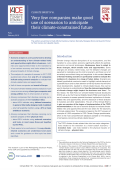
Climate change induces disruptions of our ecosystems, and the transition to a low-carbon economy significantly affects the political, economic and social landscapes. This Climate Brief gives an overview of the degree of implementation of climate-related scenario analysis to evaluate risks and opportunities by 2,003 companies surveyed in 2017.
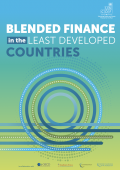
Three years after the adoption of the Addis Ababa Action Agenda and the 2030 Agenda for Sustainable Development, there is a consensus that public and private finance will both be needed, at scale, to meet the SDGs - hence blended finance is receiving increasing attention for its potential to crowd in private or commercial capital for SDG-related investments that would otherwise be overlooked.
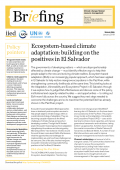
This briefing looks at the Adaptation, Vulnerability and Ecosystems Project in El Salvador; through it the authors explore how to judge EbA effectiveness and discuss some of the policy, institutional and capacity-related hurdles — and opportunities — to rolling out EbA more fully across the country.
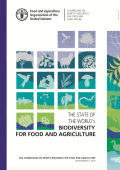
The State of the World’s Biodiversity for Food and Agriculture provides an assessment of biodiversity for food and agriculture (BFA) and its management worldwide, and describes the many contributions that BFA makes to food security and nutrition, livelihoods, and the resilience of production systems; the major drivers of change affecting BFA; the status and trends of various components of BFA; and needs and challenges in BFA management.
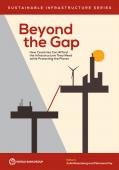
Beyond the Gap: How Countries Can Afford the Infrastructure They Need while Protecting the Planet aims to shift the debate regarding investment needs away from a simple focus on spending more and toward a focus on spending better on the right objectives, using relevant metrics. It does so by offering a careful and systematic approach to estimating the funding needs to close the service gaps in water and sanitation, transportation, electricity, irrigation, and flood protection.
